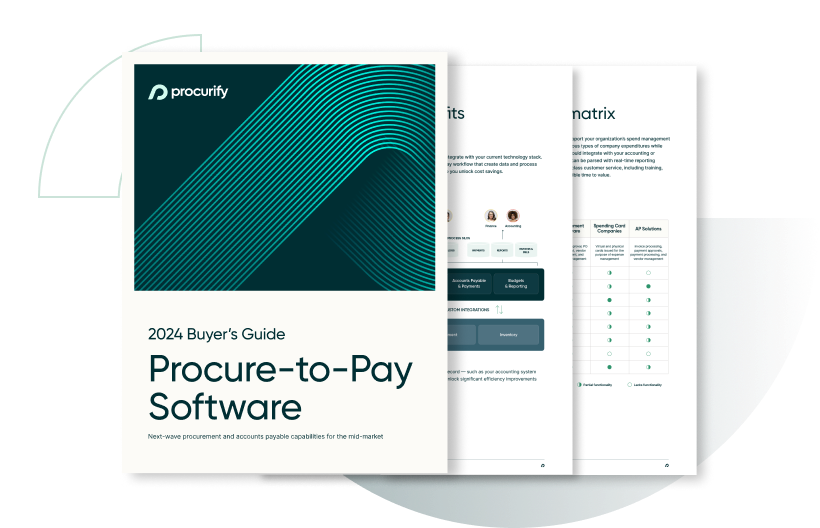How Can Procurement Make Your Business Profitable?
Procurement and business profitability go hand in hand. It’s a massive component of any company’s costs. In fact, estimates from consulting giant PwC peg a supply chain representing between 30% and 70% of an organization’s total spend.
No matter how one divides that sweeping range, there is a consistent takeaway: procurement represents a big chunk of the spending pie.
With that said, there is a danger in viewing the procurement function simply as a substantial, but necessary, expense – procurement can also be a significant driver of growth and profit.
Viewing procurement as such, admittedly, takes a fundamental shift in perception. Organizations prepared to make that shift, however, will benefit because procurement can assist in making your business profitable.
Okay…so how is that achieved? How, in fact, can procurement make your business profitable?
Here’s a list from PwC:
1. Make sure procurement understands the corporate strategy and objectives, then determine how it (and, by extension, the supply chain) can effectively support that strategy.
For this example, it all starts at the top. For instance, if executives in an organization are keen on reducing costs, then how can the procurement function help achieve that goal? One way, of course, is to have a look at where all of the money is being spent across a supply chain. Such analysis will lead to potential cost-cutting avenues and increase profit.
Aside from determining where savings in a supply chain can be found, the key to success in this step is to have clear, open lines of communication between executives and the procurement department – they have to be on the same page. If procurement is left in the dark or not included in the plans of the executives, this step will fail.
2. When corporate strategy is top-line growth, start with the customer and work your way back through the supply chain.
So…what are the most profitable/popular products or services in your organization? Whatever they may be/are, you should organize your supply chain strategy around those products/services. In short, make your most profitable products/services the focus of your supply chain.
3. Each of the five components of supply chain management – plan, buy, make, deliver and return – offers an opportunity for process, people or technology improvement leading to cost reduction or growth.
Is there a portion of your supply chain you want to focus on? For instance, if strategic sourcing is an area you want to improve upon, then you can expect to improve your return on spend with vendors and reduce your bottom line (this could be the result of working on better, fixed-rate contracts).
4. Consider outsourcing components of your supply chain.
What, if anything, can go? Can you let someone else handle your logistics (a popular component for outsourcing)? If so, outsourcing is a venue that can and should be explored.
The remaining components of your in-house supply chain management, however, must be integrated and measured. Furthermore, one senior employee (or a group of senior employees) should oversee, and be accountable, for those measurements.
Procurement and business profitability: a match made in heaven
Fundamentally changing how your organization views its procurement (and related supply chain) is not an easy task. As I outlined at the beginning of this post, procurement and supply chain represent a huge portion of an organization’s spending.
But if you can alter your view from vehicle of substantial spending to avenue of growth and profit making, you will get more out of your procurement function. After all, procurement and business profitability really do go hand in hand.

